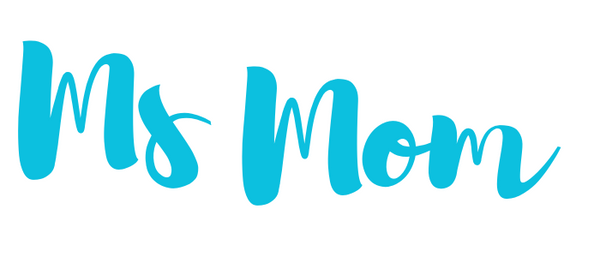
Breastfeeding Tips for New Moms
Share
Breastfeeding is a natural and rewarding experience, but it can also come with its own set of challenges, especially for first-time moms. Whether you're just starting out or looking for tips to make the process smoother, we’ve gathered some essential breastfeeding tips to help you and your baby have a positive experience.
1. Start Early
One of the best things you can do for successful breastfeeding is to start as soon as possible after delivery. Many experts recommend initiating breastfeeding within the first hour after birth, as this is when babies are most alert and ready to nurse. Early breastfeeding helps stimulate milk production and fosters bonding between you and your baby.
2. Get Comfortable
Finding a comfortable position is key to a successful breastfeeding experience. Whether you're sitting in a chair, lying down, or propped up in bed, make sure you are supported. Consider using pillows or cushions to help your baby latch on comfortably and reduce strain on your arms, neck, and back.
3. Learn the Proper Latch
A proper latch is crucial to ensuring your baby gets enough milk and to prevent nipple soreness. To achieve a good latch, make sure your baby’s mouth is wide open and they are taking in a good portion of the areola, not just the nipple. You should feel a gentle pull, but it should never be painful. If you experience pain, try repositioning your baby.
4. Be Patient and Relaxed
Breastfeeding is a learning process for both you and your baby. In the early days, it might take some time for both of you to get into a rhythm. Be patient with yourself and your baby. Take deep breaths, relax, and remember that it’s normal for things to feel challenging at first.
5. Stay Hydrated and Nourished
Breastfeeding requires extra energy, so make sure you’re staying hydrated and eating a balanced diet. Drink plenty of water throughout the day, and aim for a diet rich in fruits, vegetables, whole grains, and lean proteins. Keeping yourself nourished helps ensure you have the energy needed to produce milk for your baby.
6. Don’t Worry About the ‘Right’ Amount of Milk
It’s natural to wonder whether your baby is getting enough milk, especially in the early days. Keep in mind that babies’ stomachs are tiny at first, so they don’t need large amounts of milk. Look for signs that your baby is feeding well, such as steady weight gain, a satisfied demeanor after feeding, and plenty of wet and dirty diapers. If you’re concerned about your milk supply, don’t hesitate to consult with a lactation consultant or your pediatrician.
7. Practice Good Breast Hygiene
Cleanliness is important for both you and your baby during breastfeeding. Wash your hands before each feeding, and make sure your baby’s mouth and your breast are clean. You don’t need to wash your breasts or nipples with soap every time you nurse; simply rinsing with warm water is enough.
8. Learn to Feed in Public
Many moms worry about breastfeeding in public, but with the right support and practice, it can become a natural part of your routine. Wear clothing that makes it easier to nurse discreetly, or use a nursing cover if you prefer. Public breastfeeding is legal and natural, and it’s a skill that will become easier with time and confidence.
9. Seek Support
Breastfeeding can be challenging, but you don’t have to go through it alone. Reach out to other moms, breastfeeding support groups, or lactation consultants if you need help. Having a solid support system can make a huge difference in your breastfeeding journey.
10. Trust Your Body
Lastly, trust your body and the beautiful, natural process of breastfeeding. Your body was designed for this, and while every journey is different, your body knows what to do. Don’t be afraid to ask for help when you need it, and celebrate the bond you’re creating with your baby every time you nurse.
Final Thoughts
Breastfeeding is a unique and special experience that strengthens the bond between you and your baby. It can take time to adjust, but with patience, support, and confidence, you’ll find your rhythm. Remember, every mom’s breastfeeding journey is different, and it’s important to do what works best for you and your baby.
